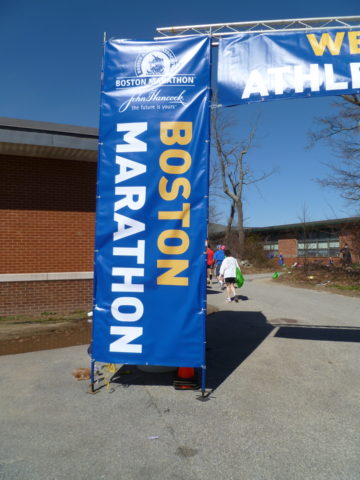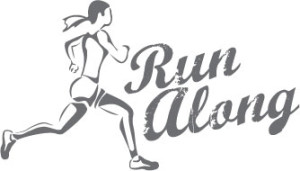Once again, running a BQ doesn’t actually mean you can get into the Boston Marathon

Registration for the 2020 Boston Marathon opened on September 9 and officially closed on Wednesday, September 18. According to the Boston Athletic Association’s (BAA) website, due to field size limitations, 3,161 applicants were denied entry to the next running of the world’s oldest annual marathon. The cut off time for 2020 was 1:39.
About 80% of the Boston Marathon is comprised of runners who met qualifying standards to obtain entry to the race. The remaining participants will include invitational entries, such as charities and non-profits that are part of the Boston Marathon and John Hancock programs, as well as invited elite athletes.
In the registration period for the 2019 Boston Marathon, the BAA turned down a record 7,248 applicants with a record cut off time of 4 minute and 52 seconds. The cut-off time is the differential between the qualifying standard and slowest (which are not so slow!) accepted applicant times.
These record-breaking numbers along with data trends over the past 5 years prompted the race organizers to tighten the qualifying times for the 2020 race. Qualifying times were increased by 5 minutes for each age division for the second time this decade. In February 2011, the BAA announced standards for the 2013 Boston Marathon would increase by 5 minutes for each age division. For me, like probably many other runners, that means that despite being in 3 different age groups during this time, my qualifying time has remained the same!
For example, for the 2019 Boston Marathon my qualifying time was 3:45:00. I needed to apply with a previous marathon time of 3:40:08 or faster to be accepted for that race. For 2020, that qualifying time increased to 3:40:00, however I would actually have had to apply with a time of 3:38:21 or better to be accepted. (I did not attempt to qualify for either year’s race.)
Although the field size will increase to 31,500 for 2020, 1,500 more runners than 2019, this will be the 8th time since 2012 that runners who have met the qualifying standards were denied registration into the race as the number of qualified runners who applied exceeded the maximum field size.
One thing I would be interested to see is the breakdown by age and gender of qualified runners, both those accepted and unaccepted. The BAA publishes entrant data closer to the race (which includes qualifiers and invitational entries) and does not make data on the unaccepted qualifiers available. As a former researcher, I have gotten in the habit of looking at the “non-participants” compared participants to see if there are any striking differences that might end up biasing our study sample. While I do not think there are any intentional biases in the registration process, it would be interesting to see if any particular age/gender group stood out among those who were not accepted.
For example, did men 18-34 years old, who needed to run a 2:58:21 or better to get into next year’s race, have the greatest percentage of unaccepted qualified applicants? This question is based solely on the fact that this is the fastest qualifying standard for any age/gender, and therefore I would expect the most difficult to achieve. However, I really don’t know how attainable this is for men this age, so perhaps they are much faster than I assume, and those who qualified, did so with plenty of room to spare.
Overall, runners clearly met the challenge of the tougher standards this year, as the BAA still had to turn away applicants. And while not surprising given the trends over the last several years, it is nonetheless impressive that runners continue to raise the bar to accomplish this marathoning milestone.
Category: Blog
Tagged: BAA, Boston Marathon, qualifying standards

